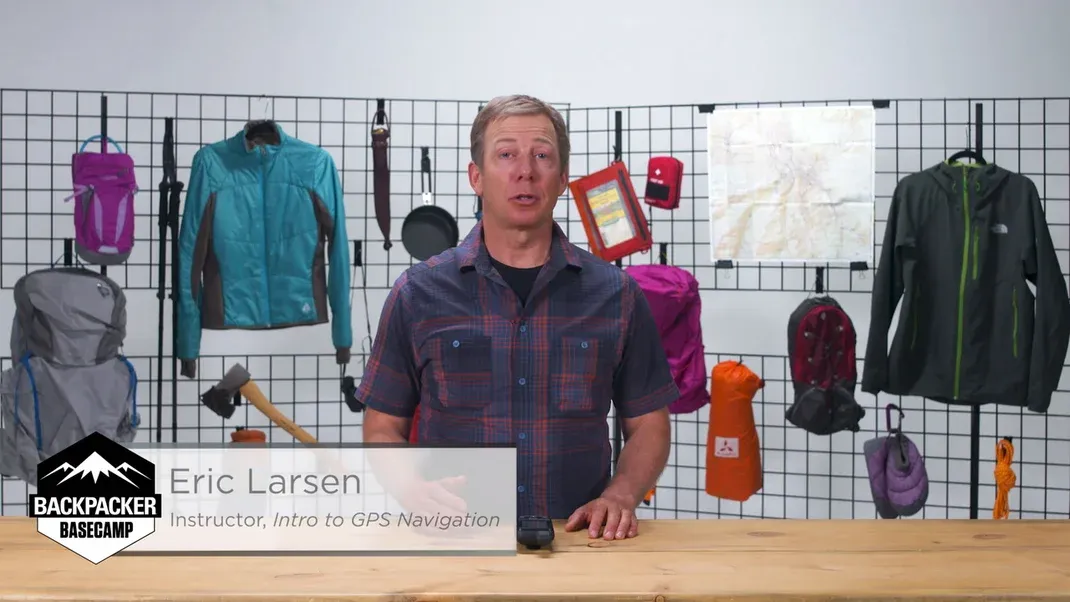Navigating in Zero Visibility Is Tough. Learn to Do it Right.
Navigating in zero visibility can be extremely challenging and dangerous, but with the right knowledge and skills, it is possible to do it safely and effectively. This article provides valuable tips and techniques for navigating in low-visibility conditions, such as using instruments, maintaining situational awareness, and relying on sound judgment. By learning to do it right, individuals can improve their ability to navigate in adverse weather conditions or other situations where visibility is limited. Whether it's for outdoor activities like hiking or boating, or for professional purposes such as aviation or maritime navigation, mastering the art of navigating in zero visibility is crucial for staying safe and reaching your destination.

Navigating in zero visibility is a challenging task that requires skill, precision, and a deep understanding of the surrounding environment. Whether you are a pilot, a sailor, or a hiker, the ability to navigate in adverse conditions can mean the difference between life and death. Learning to do it right can save lives and ensure that you reach your destination safely.
Zero visibility can occur in a variety of situations, including fog, heavy rain, snow, or darkness. In these conditions, landmarks and reference points become obscured, making it difficult to maintain a sense of direction. Without the ability to see where you are going, it is easy to become disoriented and lose your way.
For pilots, zero visibility poses a significant risk to safety. Flying in fog or heavy clouds can make it nearly impossible to see the horizon, making it difficult to maintain level flight and avoid obstacles. In these conditions, pilots must rely on their instruments to maintain control of the aircraft and navigate to their destination. This requires a high level of skill and training, as well as a thorough understanding of the aircraft's navigation systems.
Similarly, sailors face the challenge of navigating in zero visibility when they encounter dense fog or heavy rain at sea. In these conditions, it can be difficult to determine your position relative to the coastline or other vessels, increasing the risk of collision or running aground. To navigate safely, sailors must rely on their knowledge of navigation techniques, such as dead reckoning and celestial navigation, as well as modern electronic navigation aids.
For hikers and outdoor enthusiasts, zero visibility can occur when hiking in dense forests or mountainous terrain, or when caught in a sudden storm. In these situations, it is easy to become disoriented and lose your way, increasing the risk of getting lost or injured. To navigate in these conditions, hikers must rely on their knowledge of map reading, compass use, and terrain recognition, as well as their ability to remain calm and focused in adverse conditions.
Learning to navigate in zero visibility requires a combination of knowledge, skills, and experience. Pilots, sailors, and hikers must be familiar with a variety of navigation techniques and tools, including maps, compasses, GPS devices, and electronic navigation systems. They must also be able to interpret weather conditions, terrain features, and other environmental factors that can affect their ability to navigate.
In addition to technical skills, navigating in zero visibility also requires a strong sense of situational awareness and the ability to make quick, accurate decisions. Pilots, sailors, and hikers must be able to assess their surroundings, identify potential hazards, and adjust their course accordingly. This requires a high level of focus and concentration, as well as the ability to remain calm and composed under pressure.
One of the most important aspects of navigating in zero visibility is maintaining a sense of direction. This can be challenging when landmarks and reference points are obscured, making it difficult to determine your position. Pilots, sailors, and hikers must rely on a variety of techniques to maintain their sense of direction, including using compass bearings, following predetermined routes, and using electronic navigation aids. They must also be able to recognize and interpret environmental cues, such as wind direction, wave patterns, and terrain features, to help them stay on course.
In addition to technical skills and situational awareness, navigating in zero visibility also requires a thorough understanding of the surrounding environment. Pilots, sailors, and hikers must be familiar with the terrain, weather patterns, and other factors that can affect their ability to navigate. They must also be able to anticipate potential hazards and plan their course accordingly, taking into account factors such as wind, currents, and other environmental conditions.
Overall, navigating in zero visibility is a complex and challenging task that requires a high level of skill, knowledge, and experience. Pilots, sailors, and hikers must be able to rely on a variety of navigation techniques and tools, as well as their ability to maintain situational awareness and make quick, accurate decisions. By learning to navigate in adverse conditions, they can ensure their safety and the safety of others, and increase their chances of reaching their destination safely.






